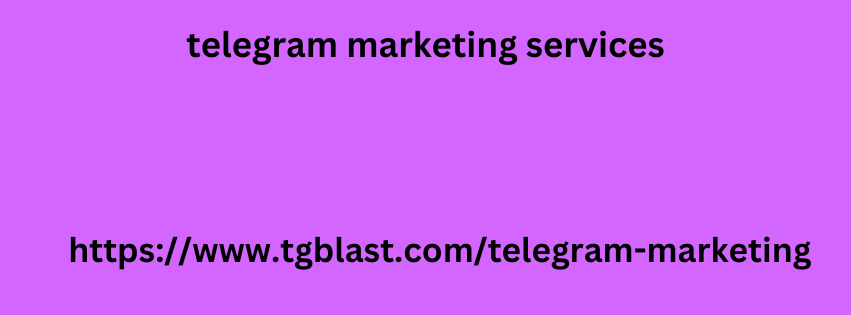With this practical method that I will show you, you will be able to identify the reasons for your headache and advance more quickly in your process. Find your notebook and write down these tips, they will be your guide on the arduous road of business.
What is the marketing sales wheel?
First of all, I want to introduce you to what this system is, so you can better understand where you should start.
It is a marketing process composed of brazil bulk telegram marketing several elements (center and exterior) that allow the evaluation of the strategies and processes applied, while indicating the cycle to follow in a company’s marketing plan.
The marketing wheel helps you identify what works and what doesn’t in a marketing plan.
What are the key elements?
As I mentioned before, the marketing wheel has two parts: the elements in the center and those on the outside. For that reason, I will explain them in two parts, so follow my lead.
Part 1. Help from the center
The center shows us three aspects to study: The documented strategy, the tools and tactics and the action metrics.
Documented strategy tells you to record in a document (written) the tactics you are going to use, that is, where you are and where you bulgaria mobile phone numbers list want to get to. Establish the objectives you need to achieve. For example: Sell 10 pieces (products or services) weekly, gain X number of followers weekly, and so on.
The tools and tactics stage refers to the channel you are going to use to achieve the goal you set in the strategy. These can be social networks, some media such as radio, flyers, paid ads, blog content, webinars, among other elements.
Action metrics are what are known in marketing as KPIs, and they measure what is working best in that plan, showing you how effective that campaign is. At this stage, the idea is to evaluate everything from tactics to design in the program you have implemented.
Here, you can determine the traffic to your site, the most viewed posts, the most popular offers, the most engaging content. And it is important to review them constantly because what works today may not be as successful later and needs to be changed.
Part 2. The external guide
On the outside of the marketing wheel you will be able to see 6 stages that will show you the path to follow to continue the plan that bank email list you have already begun to structure.
1. Diagnosis: What resources do you have to achieve the strategy you set out? Here you detect what you need to implement it, whether it is the design, the text or some other detail. In simple words, it is a list of what you have already prepared and what you still need to do.
2. Create an idea: Once you have the tools, then you look for inspiration for what you want to do. Maybe an ad with a specific text, following a trend in the market. It can be a campaign according to gender (men – women), age of population, among others. It depends on your audience.
3. Plan: You need to design a 30-day plan. The goal you have, the audience you are targeting, and how you are going to achieve it. It is an action that will take you about 30 minutes, but writing it down will give you clarity and the order to follow.
4. Execution: Check that everything is scheduled, whether it be paid ads, social media posts, radio or TV campaigns. Also, review the results periodically, once a week, every two or three days, depending on what you decide.
5. Measure: The execution stage will give you measurable data, such as how many sales were made, through which means, and how much growth you achieved in relation to the initial goal.
6. Reports: To analyze all the strategy data, it is essential to prepare a monthly report. With this, you can determine what the public liked the most, what generated the most sales, whether you should invest more or less budget in your ads and/or redirect the plan if necessary.
The aim of this marketing strategy is to achieve predictable growth. The success of companies is not due to ‘strokes of luck’, but to testing, analysis and measuring results to improve more and more.



